Photos: Stone Age skulls found on wooden stakes
Surprising find
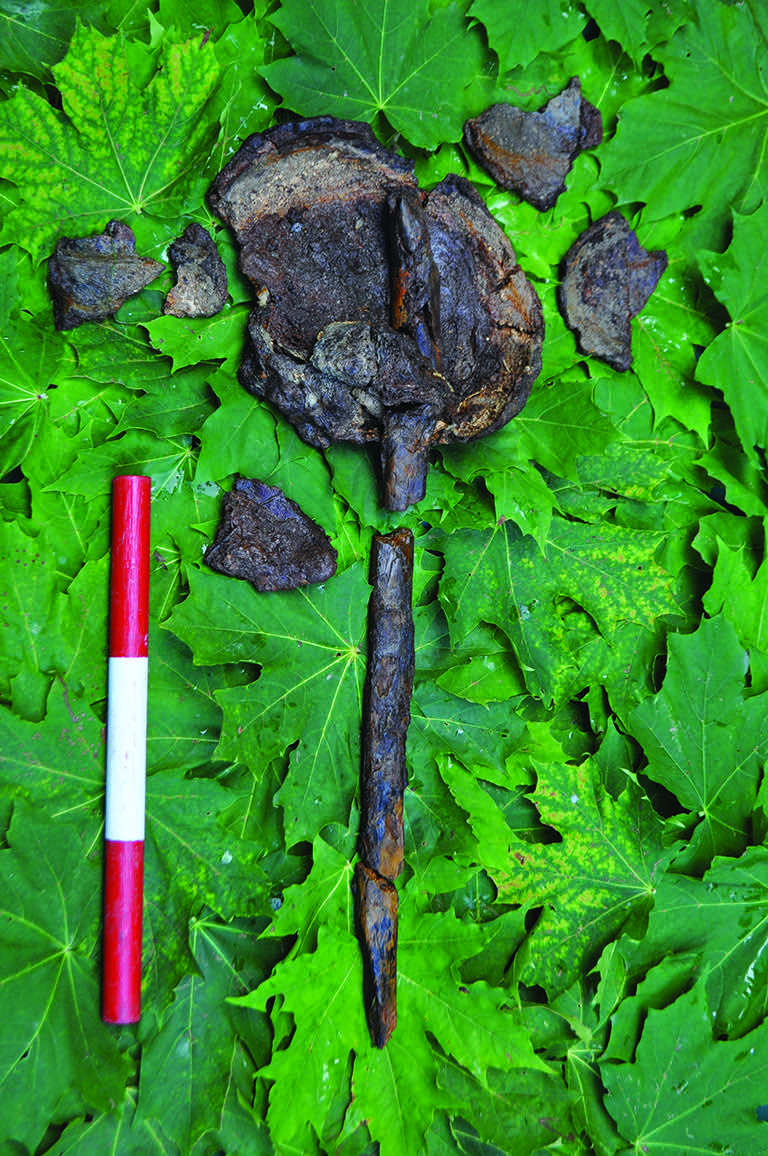
One day, when archaeologists in Sweden were surveying a forest in advance of a construction project, they made a perplexing find — the battered skulls of people who had lived about 8,000 years ago, including two that still had pointed stakes in them, a new study reports.
The Stone Age burial site held the remains of at least 11 adults and one infant. Curiously, the burial wasn't underground, but rather underwater: During the Stone Age, the skulls would have lain at the bottom of a small lake.
Only one of the people had a jaw, but there were plenty of animal jaws at the site. The archaeologists believe that the manner of burial indicates that a ritual accompanied it, but it's impossible to know exactly what occurred, the researchers said. [Read more about the Stone Age Skulls]
Archaeological site
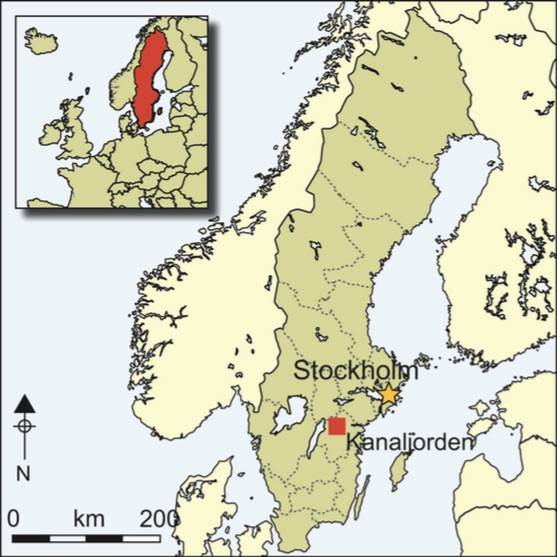
Archaeologists found the underwater burial while surveying a site in eastern-central Sweden in advance of a construction project. They already knew that medieval and Stone Age artifacts had been found in the area.
Even so, they were surprised to find the mysterious burial at the archaeological site of Kanaljorden, which dates to between 8,000 to 7,500 years ago, the researchers said.
Ancient shoreline
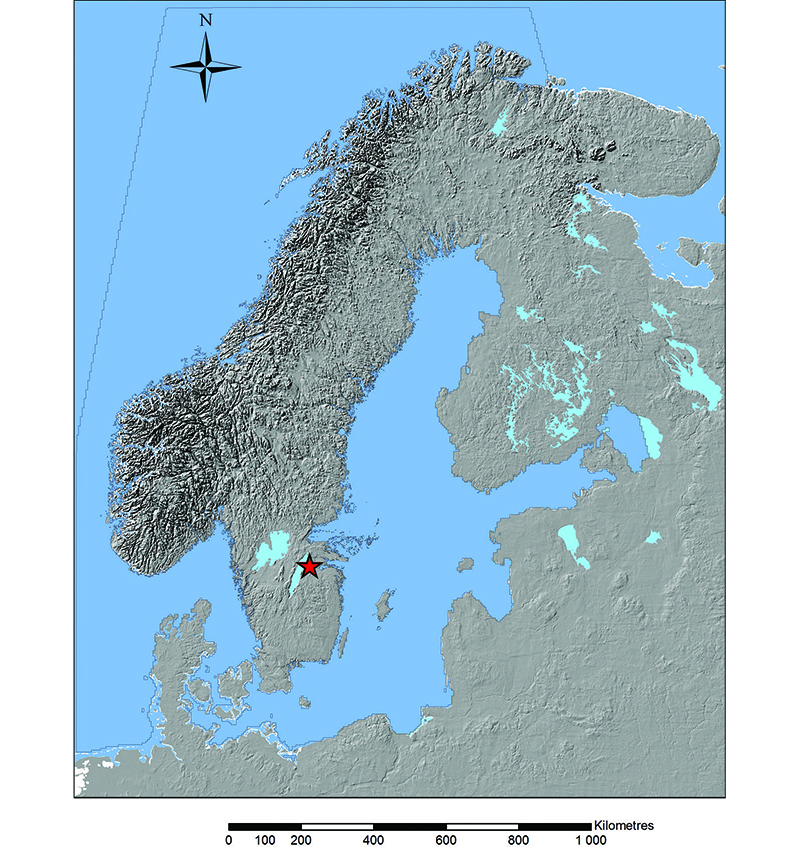
This map shows what the Scandinavian shoreline looked like about 7,600 years ago. The star marks the archaeological site of Kanaljorden.
Local topography

A model showing the local topography at Kanaljorden. The black outline details where the excavation took place. The black dots show the burial's location in the ancient lake.
Damaged skulls
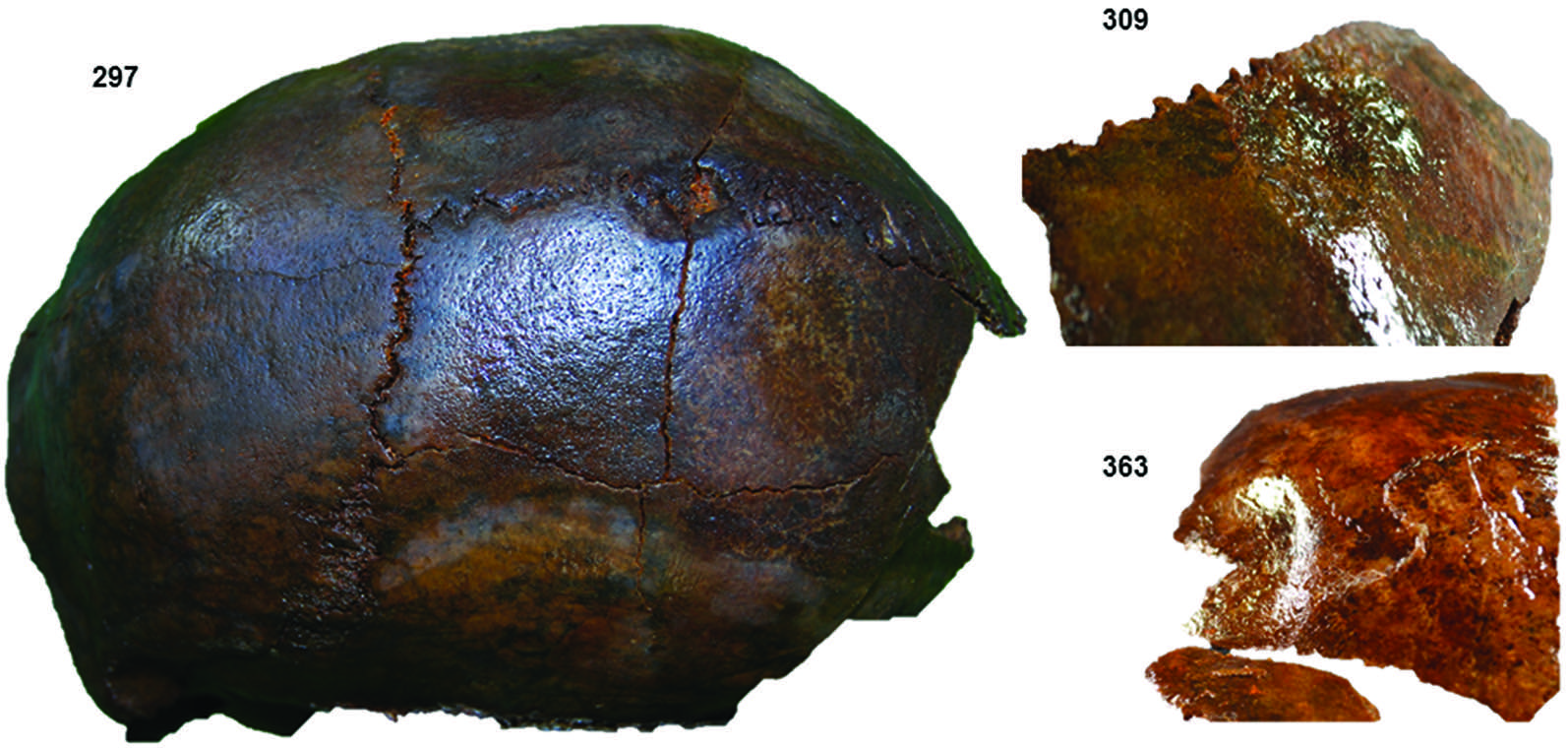
These skulls, collected from the Kanaljorden burial, show signs of blunt-force trauma.
Bear jaw bone
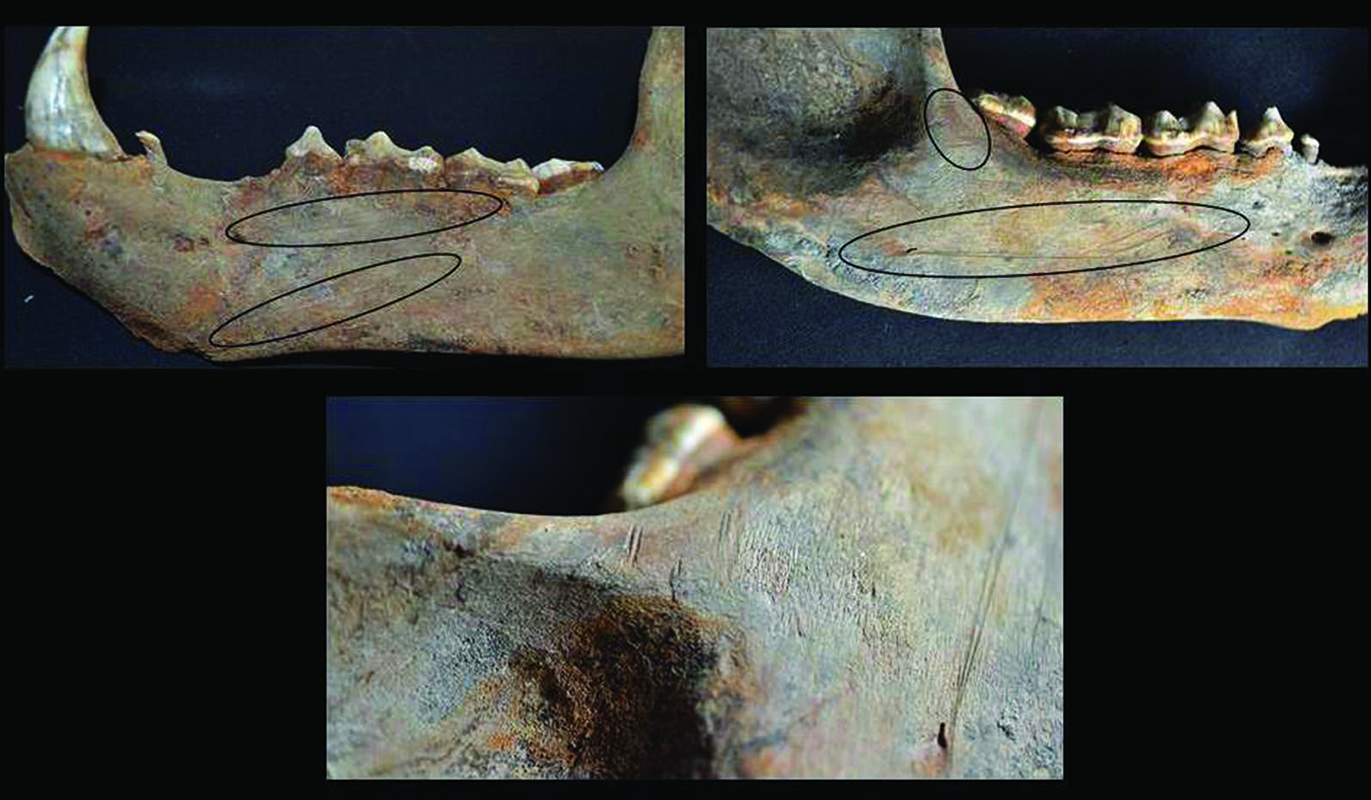
The archaeologists found 14 animals from seven different species at the burial site. The most common bones belong to brown bears and wild boar. In this photo, notice the marks on the bear's jaw that are indicative of butchery.
No jaw

None of the human skulls had jaw bones. There was one human jaw bone at the site, but it wasn't associated with any of the skulls, the researchers said.
This skull (pictured here) has well-preserved facial bones, but no jaw.
Get the world’s most fascinating discoveries delivered straight to your inbox.
Wooden stake

One of the two skulls found at the burial site that had a pointed, wooden stake sticking out of it.
Burial map
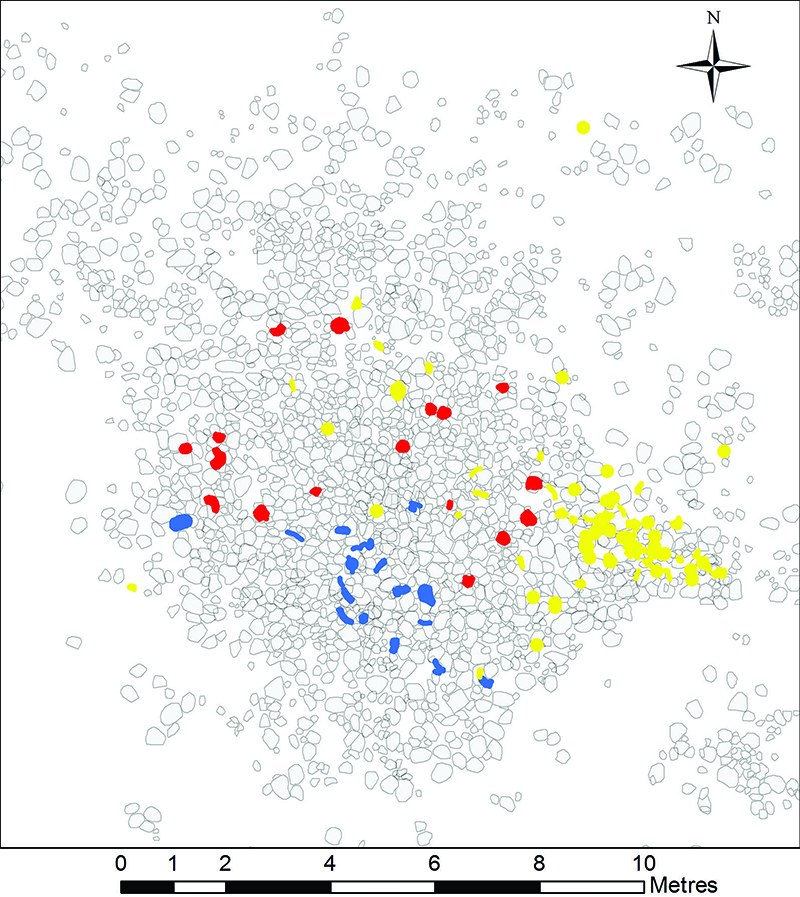
The burial was large, about 39 feet by 46 feet (12 by 14 meters). The bottom of the burial was made of large stones and wooden stakes. On top of the packed stone, Stone Age people placed the bones in a certain order. The humans (red) were in the middle, while the brown bears (blue) were south of the humans and the wild boar (yellow) were southeast of the humans.
[Read more about the Stone Age Skulls]

Laura is the managing editor at Live Science. She also runs the archaeology section and the Life's Little Mysteries series. Her work has appeared in The New York Times, Scholastic, Popular Science and Spectrum, a site on autism research. She has won multiple awards from the Society of Professional Journalists and the Washington Newspaper Publishers Association for her reporting at a weekly newspaper near Seattle. Laura holds a bachelor's degree in English literature and psychology from Washington University in St. Louis and a master's degree in science writing from NYU.


